-
Executive Summary
-
Market Introduction
-
Market Definition
-
Scope of the Study
-
List of Assumptions
-
Markets Structure
-
Market Research Methodology
-
Research
-
Process
-
Primary Research
-
Secondary Research
-
Market
-
Size Estimation
-
Forecast Model
-
Market Dynamics of the Global Green
-
Coating Market
-
Introduction
-
Drivers
-
Restraints
-
Opportunities
-
Challenges
-
Trends/Technology
-
Market
-
Factor Analysis of the Global Green Coating Market
-
Supply Chain Analysis
- Raw Material Suppliers
- Manufacturers/Producers
- End User
-
Distributors/Retailers/Wholesalers/E-Commerce
-
Porter’s
- Threat of New Entrants
- Bargaining Power
- Bargaining Power of Suppliers
- Threat of Substitutes
- Intensity of Competitive Rivalry
-
Five Forces Analysis
-
of Buyers
-
Pricing Analysis
-
Global
-
Green Coating Market, by Type
-
Introduction
-
Powder Coatings
- Market Estimates & Forecast, 2020−2027
- Market Estimates
-
& Forecast, by Region, 2020−2027
-
Radiation Cure Coatings
- Market Estimates &
-
Market Estimates & Forecast, 2020−2027
-
Forecast, by Region, 2020−2027
-
Waterborne Coatings
- Market
- Market Estimates & Forecast,
-
Estimates & Forecast, 2020−2027
-
by Region, 2020−2027
-
High Solids Coating
- Market Estimates
- Market Estimates & Forecast, by Region,
-
& Forecast, 2020−2027
-
Others
- Market Estimates & Forecast, 2020−2027
- Market Estimates & Forecast, by Region, 2020−2027
-
Global
-
Green Coating Market, by End-Use Industry
-
Introduction
-
Industrial
- Market Estimates & Forecast, 2020−2027
- Market Estimates
-
& Forecast, by Region, 2020−2027
-
Architectural
- Market
- Market Estimates & Forecast,
-
Estimates & Forecast, 2020−2027
-
by Region, 2020−2027
-
Automotive
- Market Estimates &
- Market Estimates & Forecast, by Region,
-
Forecast, 2020−2027
-
Packaging
- Market Estimates & Forecast, 2020−2027
- Market Estimates & Forecast, by Region, 2020−2027
-
Others
- Market Estimates & Forecast, 2020−2027
- Market Estimates
-
& Forecast, by Region, 2020−2027
-
Global Green Coating Market,
-
by Region
-
Introduction
-
North America
- Market Estimates
- Market Estimates & Forecast, by Type,
- Market Estimates & Forecast, by End-Use Industry,
- US
-
& Forecast, 2020−2027
-
Market Estimates & Forecast, by End-Use Industry, 2020−2027
-
Canada
-
Market Estimates & Forecast, 2020−2027
-
Market Estimates & Forecast, by Type, 2020−2027
-
& Forecast, by End-Use Industry, 2020−2027
-
Market Estimates & Forecast, 2020−2027
-
Forecast, by Type, 2020−2027
-
End-Use Industry, 2020−2027
-
& Forecast, 2020−2027
-
Type, 2020−2027
-
Market Estimates
-
Europe
- Market Estimates &
- Market Estimates & Forecast, by
- Germany
- France
- Italy
-
Market Estimates & Forecast, by Type, 2020−2027
-
& Forecast, by End-Use Industry, 2020−2027
-
Market Estimates & Forecast, 2020−2027
-
Forecast, by Type,2020−2027
-
by End-Use Industry, 2020−2027
-
& Forecast, 2020−2027
-
Type,2020−2027
-
Market Estimates
-
Spain
-
Market Estimates &
-
Market Estimates & Forecast,
-
UK
-
Market Estimates
-
Market Estimates & Forecast, by
-
Market Estimates & Forecast, by End-Use Industry,
-
Russia
-
Market Estimates & Forecast,
-
Market Estimates & Forecast, by Type,2020−2027
-
Market Estimates & Forecast, by End-Use Industry, 2020−2027
-
Poland
-
Market Estimates & Forecast, 2020−2027
-
Market Estimates & Forecast, by Type, 2020−2027
-
Market Estimates & Forecast, by End-Use Industry, 2020−2027
-
Rest of Europe
-
Market Estimates & Forecast, 2020−2027
-
Market Estimates & Forecast, by Type, 2020−2027
-
Market Estimates & Forecast, by End-Use Industry, 2020−2027
-
Asia-Pacific
- Market Estimates & Forecast, 2020−2027
- Market Estimates
- Market Estimates & Forecast,
- China
- India
-
& Forecast, by Type, 2020−2027
-
by End-Use Industry, 2020−2027
-
& Forecast, 2020−2027
-
Type, 2020−2027
-
Market Estimates & Forecast, by End-Use Industry, 2020−2027
-
Japan
-
Market Estimates & Forecast, 2020−2027
-
Market Estimates & Forecast, by Type, 2020−2027
-
& Forecast, by End-Use Industry, 2020−2027
-
New Zealand
-
Market Estimates
-
Australia &
-
Market Estimates & Forecast, 2020−2027
-
Market Estimates & Forecast, by Type, 2020−2027
-
& Forecast, by End-Use Industry, 2020−2027
-
& Forecast, by Type, 2020−2027
-
by End-Use Industry, 2020−2027
-
Market Estimates & Forecast, 2020−2027
-
Forecast, by Type, 2020−2027
-
End-Use Industry, 2020−2027
-
Forecast, 2020−2027
-
Market Estimates
-
Rest of Asia-Pacific
-
Market Estimates & Forecast, 2020−2027
-
Market Estimates
-
Market Estimates & Forecast,
-
Middle East & Africa
- Market Estimates &
- Market Estimates & Forecast, by
- GCC
- Israel
- North Africa
-
Market Estimates & Forecast, by End-Use Industry, 2020−2027
-
Turkey
-
Market Estimates & Forecast, 2020−2027
-
Market Estimates & Forecast, by Type, 2020−2027
-
& Forecast, by End-Use Industry, 2020−2027
-
& Africa
-
Market Estimates
-
Rest of Middle East
-
Market Estimates & Forecast, 2020−2027
-
Market Estimates & Forecast, by Type, 2020−2027
-
& Forecast, by End-Use Industry, 2020−2027
-
Market Estimates & Forecast, 2020−2027
-
Forecast, by Type, 2020−2027
-
End-Use Industry, 2020−2027
-
& Forecast, 2020−2027
-
Type, 2020−2027
-
Market Estimates
-
Latin America
- Market Estimates &
- Market Estimates & Forecast, by
- Brazil
- Argentina
- Mexico
-
Market Estimates & Forecast, by End-Use Industry, 2020−2027
-
Rest of Latin America
-
Market Estimates & Forecast, 2020−2027
-
Market Estimates & Forecast, by Type, 2020−2027
-
Market Estimates & Forecast, by End-Use Industry, 2020−2027
-
Company
-
Landscape
-
Introduction
-
Market Strategy
-
Key Development
-
Analysis (Expansion/Merger & Acquisitions/Joint Venture/New Product Development/Agreement/Investment)
-
Company Profiles
-
AkzoNobel NV
- Company Overview
- Product/Business Segment Overview
- Strategy
- Key Developments
- SWOT Analysis
-
Financial Updates
-
Asian Paints
- Company Overview
- Financial Updates
- Product/Business
- Strategy
- Key Developments
-
Segment Overview
-
SWOT Analysis
-
BASF SE
- Company Overview
- Financial
- Product/Business Segment Overview
- Strategy
- Key Developments
- SWOT Analysis
-
Updates
-
Berger Paints India
- Company Overview
- Financial Updates
- Strategy
- Key Developments
- SWOT Analysis
-
Limited
-
Product/Business Segment Overview
-
Nippon Paint Holdings Co., Ltd
- Company
- Financial Updates
- Product/Business Segment Overview
- Strategy
- Key Developments
- SWOT Analysis
-
Overview
-
Jotun
- Company Overview
- Financial Updates
- Strategy
- Key Developments
- SWOT Analysis
-
Product/Business Segment Overview
-
PPG Industries Inc.
- Company Overview
- Financial Updates
- Product/Business Segment Overview
- Key Developments
- SWOT Analysis
-
Strategy
-
The Sherwin-Williams
- Company Overview
- Financial Updates
- Strategy
- Key Developments
- SWOT Analysis
-
Company
-
Product/Business Segment Overview
-
Masco Corporation
- Company Overview
- Financial Updates
- Product/Business Segment Overview
- Key Developments
- SWOT Analysis
-
Strategy
-
Valspar
- Company Overview
- Financial Updates
- Product/Business
- Strategy
- Key Developments
-
Segment Overview
-
SWOT Analysis
-
RPM International Inc.
- Company Overview
- Financial Updates
- Product/Business Segment Overview
- Strategy
- Key Developments
- SWOT Analysis
-
Tikkurila OYJ
- Company Overview
- Financial Updates
- Product/Business Segment Overview
- Strategy
- SWOT Analysis
-
Key Developments
-
Kansai Paint Co. Ltd
- Financial Updates
- Product/Business Segment
- Strategy
- Key Developments
- SWOT
-
Company Overview
-
Overview
-
Analysis
-
AXALTA
- Company Overview
- Financial
- Product/Business Segment Overview
- Strategy
- Key Developments
- SWOT Analysis
-
Updates
-
Walter Wurdack
- Company Overview
- Financial Updates
- Strategy
- Key Developments
- SWOT Analysis
-
Inc.
-
Product/Business Segment Overview
-
GLOBAL Encasement, Inc.
- Company
- Financial Updates
- Product/Business Segment Overview
- Strategy
- Key Developments
- SWOT Analysis
-
Overview
-
Daw SE
- Company Overview
- Financial Updates
- Product/Business Segment Overview
- Strategy
- SWOT Analysis
-
Key Developments
-
Conclusion
-
LIST
-
OF TABLES
-
Global Green Coating Market: by Region, 2020−2027
-
North America: Green Coating Market, by Country, 2020−2027
-
Table
-
Europe: Green Coating Market, by Country, 2020−2027
-
Asia-Pacific:
-
Green Coating Market. by Country, 2020−2027
-
Middle East &
-
Africa: Green Coating Market, by Country, 2020−2027
-
Latin America:
-
Green Coating Market, by Country, 2020−2027
-
Global Green Coating
-
Type Market, by Regions, 2020−2027
-
North America: Green Coating
-
Type Market, by Country, 2020−2027
-
Europe: Green Coating Type
-
Market, by Country, 2020−2027
-
Table10 Asia-Pacific: Green Coating Type
-
Market, by Country, 2020−2027
-
Table11 Middle East & Africa: Green
-
Coating Type Market, by Country, 2020−2027
-
Table12 Latin America: Green
-
Coating Type Market, by Country, 2020−2027
-
Global Green Coating
-
End-Use Industry Market, by Regions, 2020−2027
-
Table14 North America:
-
Green Coating End-Use Industry Market, by Country, 2020−2027
-
Table15
-
Europe: Green Coating End-Use Industry Market, by Country, 2020−2027
-
Table16
-
Asia-Pacific: Green Coating End-Use Industry Market, by Country, 2020−2027
-
Table17 Middle East & Africa: Green Coating End-Use Industry Market, by Country,
-
Table18 Latin America: Green Coating by End-Use Industry Market,
-
by Country, 2020-2027
-
Table19 Global Type Market, by Region, 2020−2027
-
Table20 Global End-Use Industry Market, by Region, 2020−2027
-
Table21
-
North America: Green Coating Market, by Country, 2020−2027
-
Table22 North
-
America: Green Coating Market, by Type, 2020−2027
-
Table23 North America:
-
Green Coating Market, by End-Use Industry, 2020−2027
-
Table24 Europe:
-
Green Coating Market, by Country, 2020−2027
-
Table25 Europe: Green Coating
-
Market, by Type, 2020−2027
-
Table26 Europe: Green Coating Market, by
-
End-Use Industry, 2020−2027
-
Table27 Asia-Pacific: Green Coating Market,
-
by Country, 2020−2027
-
Table28 Asia-Pacific: Green Coating Market, by
-
Type, 2020−2027
-
Table29 Asia-Pacific: Green Coating Market, by End-Use
-
Industry, 2020−2027
-
Table30 Middle East & Africa: Green Coating
-
Market, by Country, 2020−2027
-
Table31 Middle East & Africa: Green
-
Coating Market, by Type, 2020−2027
-
Table32 Middle East & Africa:
-
Green Coating Market, by End-Use Industry, 2020−2027
-
Table33 Latin America:
-
Green Coating Market, by Country, 2020−2027
-
Table34 Latin America: Green
-
Coating Market, by Type, 2020−2027
-
Table35 Latin America: Green Coating
-
Market, by End-Use Industry, 2020−2027
-
LIST OF FIGURES
-
FIGURE 1
-
Global Green Coating Market Segmentation
-
Forecast Research Methodology
-
Five Forces Analysis of Global Green Coating Market
-
Value
-
Chain of Global Green Coating Market
-
Share of Global Green Coating
-
Market in 2020, by Country
-
Global Green Coating Market, 2020−2027,
-
Global Green Coating Market Size, by Type, 2020
-
Share of
-
Global Green Coating Market, by Type, 2020−2027
-
Global Green
-
Coating Market Size, by End-Use Industry, 2020
-
FIGURE10 Share of Global Green
-
Coating Market, by End-Use Industry, 2020−2027

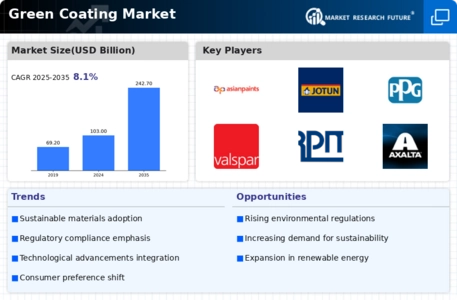
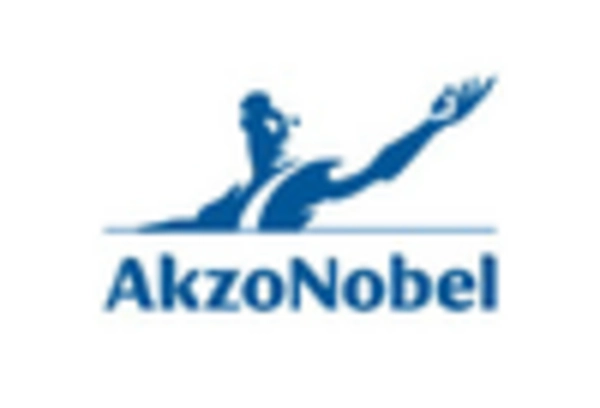

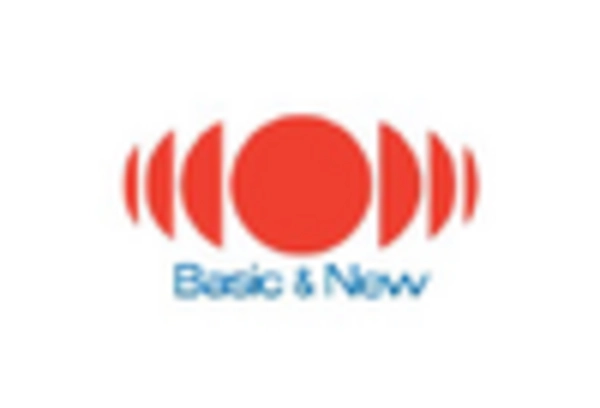
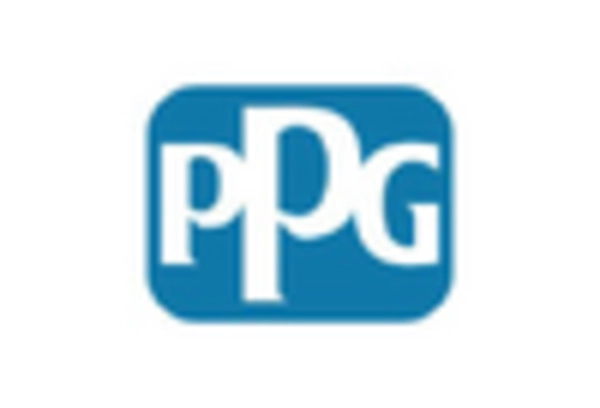
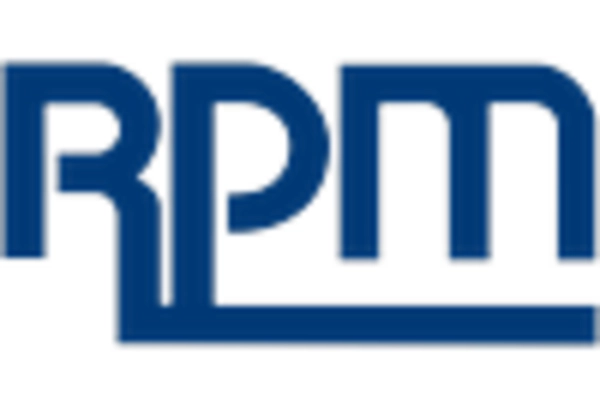
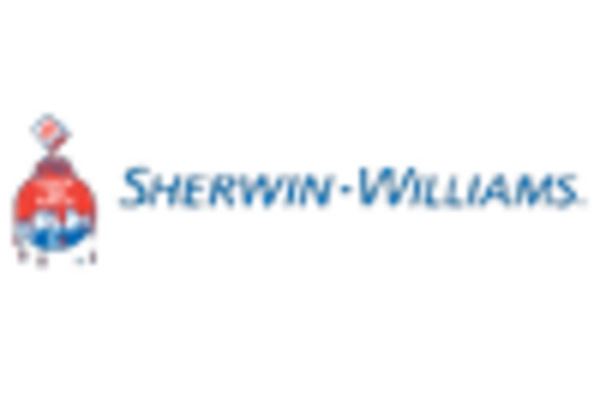









Leave a Comment